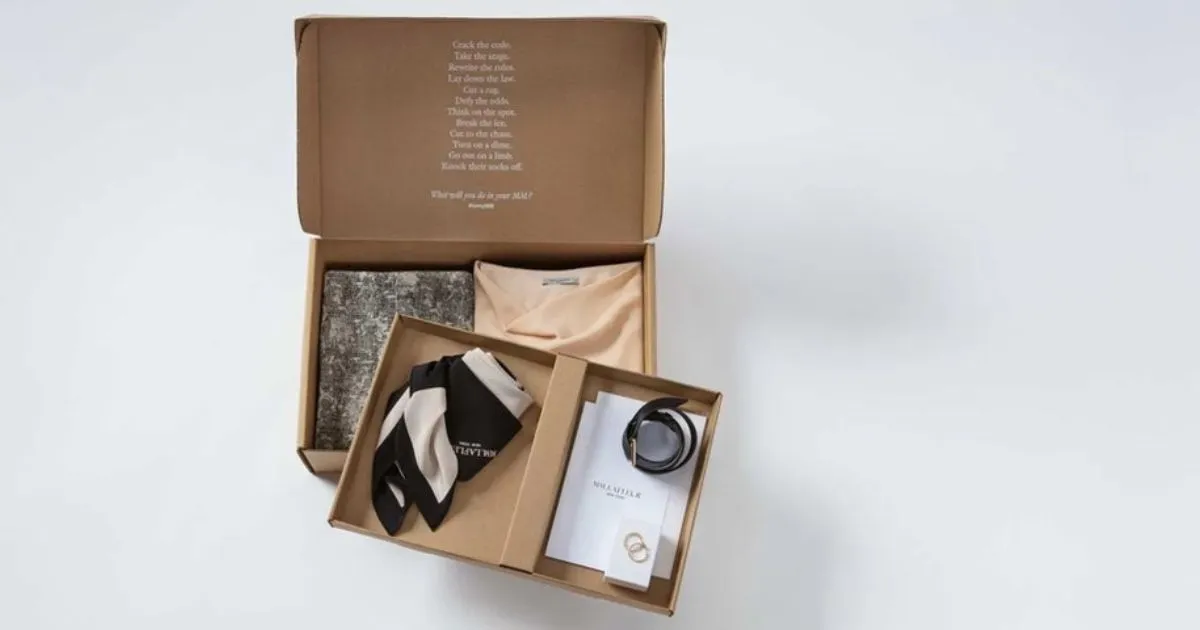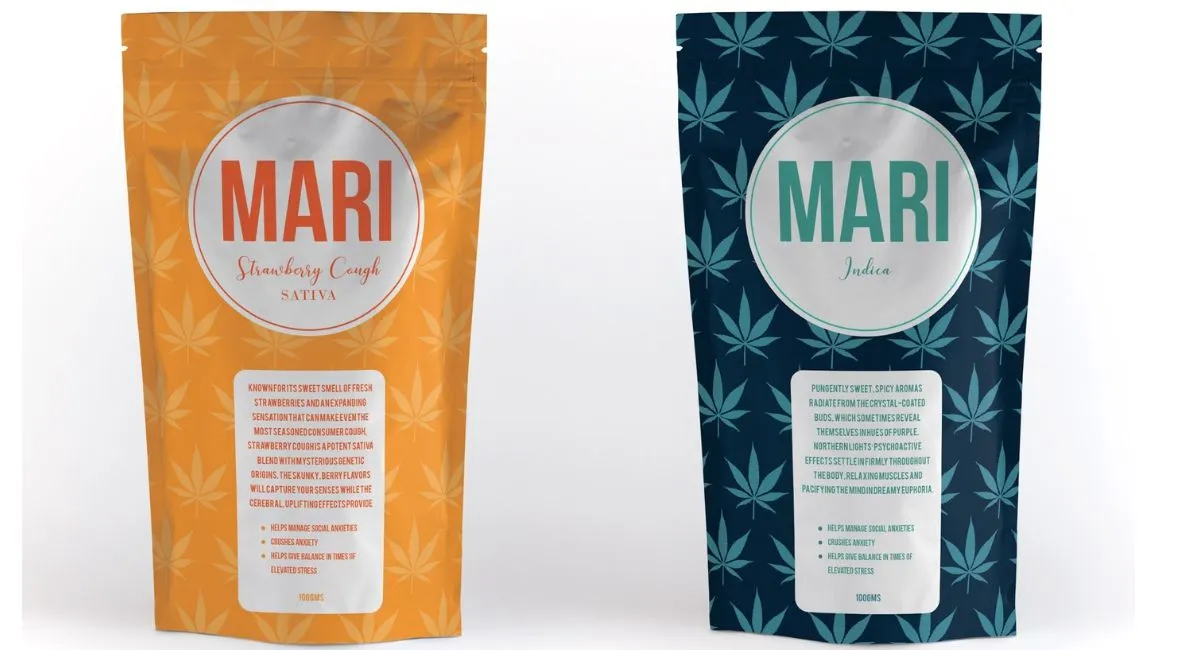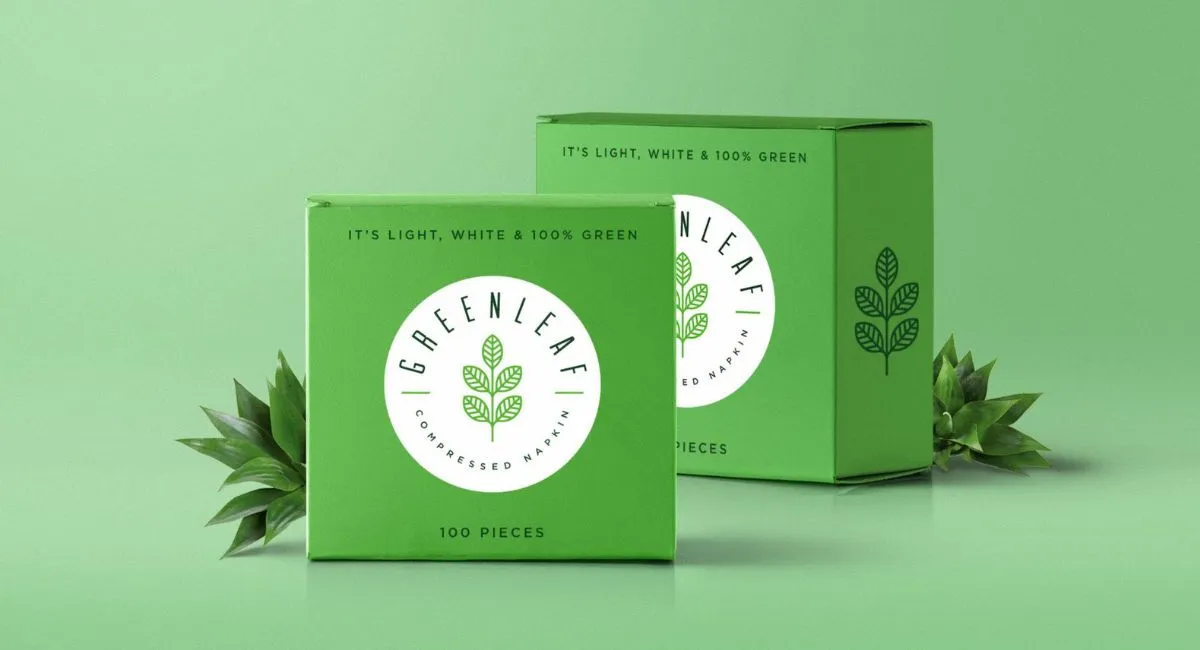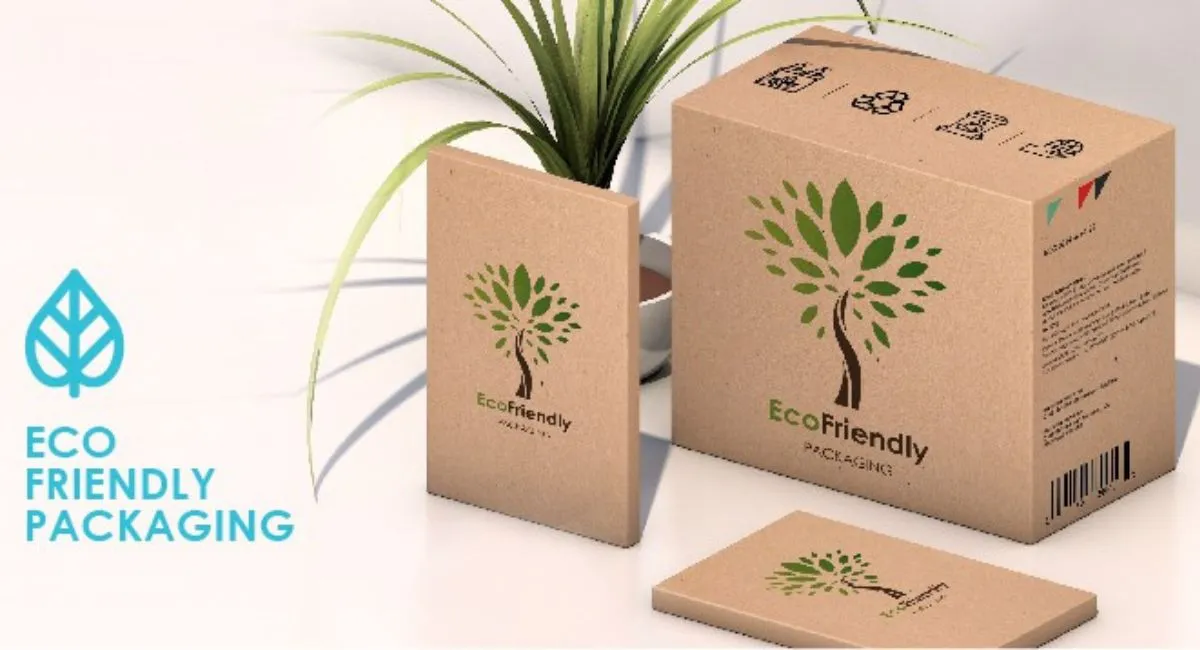Butcher Paper vs. Parchment Paper: Which One Do I Use for My Business?
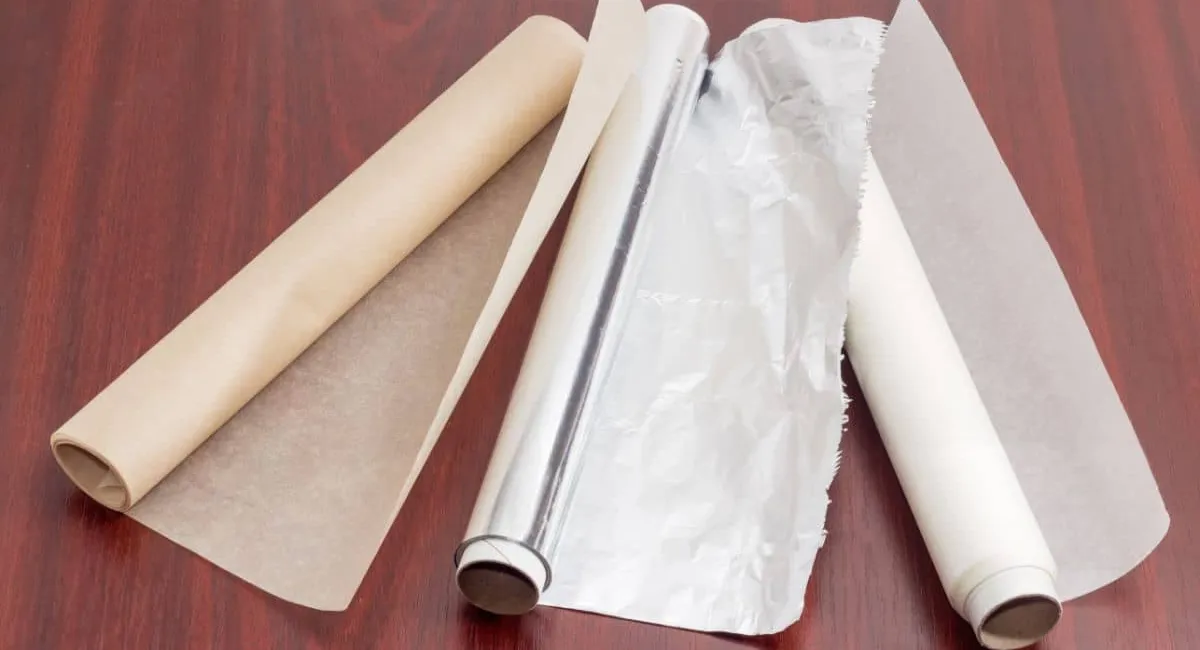
When it comes to choosing the right paper for your business, understanding the distinctions between butcher paper and parchment paper can significantly impact your packaging, presentation, and even the quality of your products. Both paper types are widely used in various industries, particularly in food service, but they serve different purposes and have unique properties. In this blog, we’ll delve into the specifics of butcher and parchment papers, helping you decide which one to use for your business needs.
Butcher Paper: The Sturdy Choice
Butcher paper is a heavy-duty, durable paper known for its strength and resistance to moisture. Traditionally, butchers have used it to wrap fresh meats and seafood, hence the name. Butcher paper is typically made from kraft pulp, giving it its characteristic brown colour, though it can be found in white and other colours.
Advantages of Butcher Paper:
- Strength and Durability: Butcher paper can hold heavy items without tearing or disintegrating, making it ideal for wrapping and transporting meat and other heavy food items.
- Breathability: Unlike plastic, butcher paper allows meat to breathe, which can help preserve its freshness and prevent condensation, which can lead to spoilage.
- Versatility: Beyond the butcher shop, this paper is excellent for use in restaurants for table coverings, craft projects, or as a cost-effective way to package various goods.
Parchment Paper: The Non-Stick Marvel
Parchment paper, on the other hand, is known for its non-stick surface and heat-resistant properties. It’s a go-to option for baking, as it provides a clean release for baked goods and requires no additional grease. Made from cellulose fibres, which are treated with acid to give it strength and coated with silicone to achieve non-stickiness, parchment paper is an indispensable tool in any kitchen.
Advantages of Parchment Paper:
- Non-Stick Surface: Ideal for baking cookies, breads, and pastries, parchment paper ensures your baked goods come off the tray effortlessly without needing extra oil or butter.
- Heat Resistance: Parchment paper can withstand temperatures up to 420-450°F, making it safe for use in the oven.
- Easy Clean-up: It significantly reduces the need to clean baking sheets and pans, saving time and effort in the kitchen.
Making the Right Choice for Your Business
Consider Your Needs:
- For Packaging and Wrapping: If your primary need is wrapping products, especially heavy or moist items, butcher paper is your best bet. Its strength and durability make it suitable for various packaging needs beyond meat.
- For Baking and Cooking: Parchment paper is unrivalled for any heat application. Its non-stick surface and heat resistance make it perfect for baking and cooking.
Sustainability Concerns:
Both butcher and parchment papers are more eco-friendly than plastic alternatives, but their environmental impact varies. Butcher paper, being mostly uncoated, is easier to recycle or compost. Due to its silicone coating, parchment paper is not recyclable but can be composted in some facilities.
Cost Considerations:
Butcher paper generally costs less than parchment paper due to its more straightforward manufacturing process. However, the choice between butcher paper and parchment paper should be based on something other than price but on the specific needs of your business.
Conclusion
The decision between butcher paper and parchment paper ultimately comes down to your business’s specific needs. Whether it’s the durable wrapping capabilities of butcher paper or the non-stick, heat-resistant properties of parchment paper, understanding the unique benefits of each can help you make an informed decision. Consider your primary uses, environmental impact, and budget to choose the right paper for your business. By selecting the appropriate paper, you can improve your product’s quality, presentation, and sustainability, enhancing your customers’ overall experience.
More Info: 4 Popular Types of Paperboard Grades For Packaging
